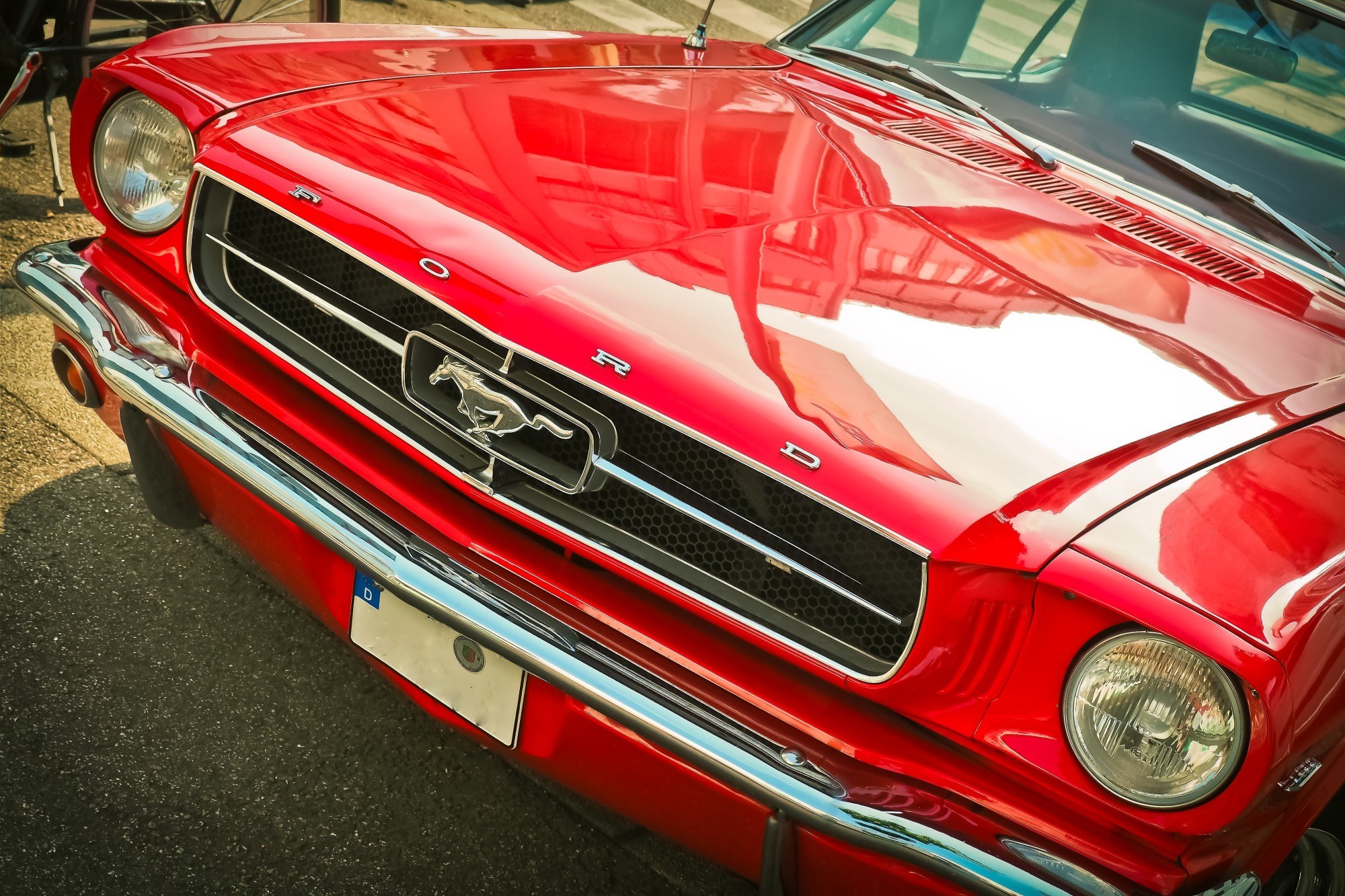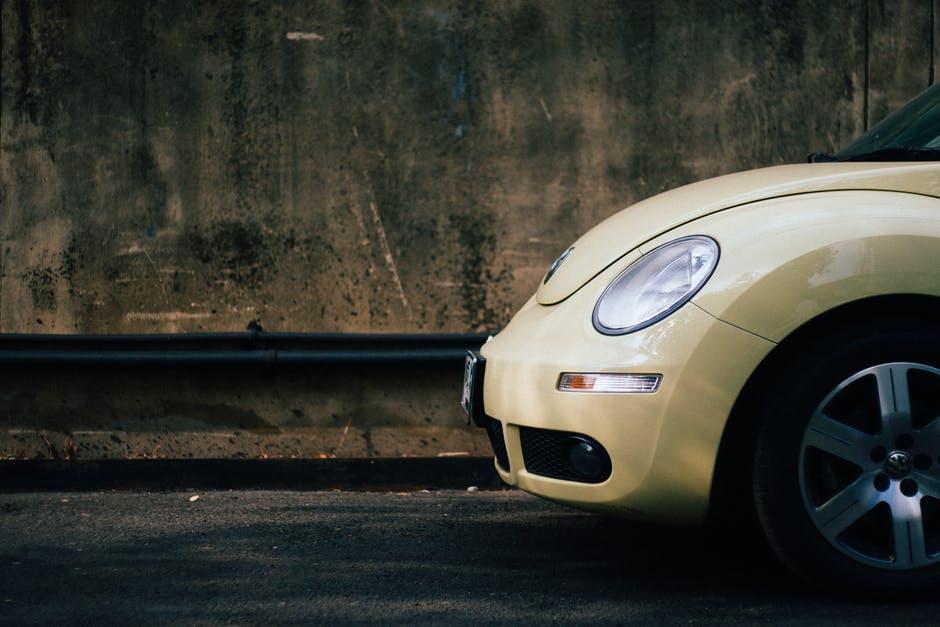Roadtrips don't have to be boring for you and your passengers. Buying a car with a sunroof or moonroof can deliver a variety of benefits that not only make your trip a better experience but a healthier one too.
What's the difference between sunroof and moonroof car? Quite a few things! Both deliver the benefit of giving passengers extra sunlight and a clearer view of the world, but each type comes with its own positives and drawbacks.
Want to know the difference between moonroof vs. sunroof for your next car? Read on below and discover which of these two options is best for you.
What Is a Moonroof?
The term moonroof describes a see-through glass pane mounted on the ceiling of a vehicle. Unlike sunroof cars, a moonroof can bathe a car's interior in light without letting in outside air.
Only letting in the light means you won't have to deal with smog from traffic, wind noise from driving on the freeway, or water from a surprise rainstorm.
Moonroof cars come in two designs; the standard layout puts the roof over the front seats, so only the driver and front passenger get the most exposure to light.
The second design is the panoramic moonroof that extends beyond the front row seat so every passenger can enjoy the view. Panoramic moonroof cars will have extra weight on the top of a vehicle, but they will provide a premium view of the outside world.
Why Do They Call It a Moonroof?
The term moonroof has dubious origins; some historians claim that a Ford marketing specialist coined the term in the 1970s to sell a 70's Lincoln Continental Mark IV equipped with a "glass-only" sunroof.
These days, moonroofs are the catch-all term for transparent glass panels mounted on top of cars. The glass pane can open, slide sideways, and offer an unimpeded view of the sky above.
Certain moonroof cars come with an opaque sliding panel to block out light, giving you the best of both worlds without the drawback.
Do Moonroofs Open All the Way?
Modern moonroofs will only open and slide enough to let fresh air in; the method they use to do this is different based on the vehicle.
Pop-Up moonroofs give passengers the option of opening one side of the moonroof to vent air out of the vehicle. While not waterproof, this method allows vehicles to drive in light rain without water seeping into the cabin.
Sliding and spoilered moonroofs will retract the glass above the roof in a way that lets ambient air in and gives unobstructed views of the sky. If you've ever seen someone with their hands poking out the top, it's in one of these.
Inbuilt moonroofs have a panel that can retract into the car's roof, providing a seamless look at the cost of headspace. After-market services offer inbuilt moonroofs and are rarely installed by manufacturers.
Advantages of Moonroofs
They're safer than you think! Moonroofs are made of durable auto glass that lets them take a beating in rollover incidents. Combine a moonroof with modern support pillars, and you'll have the structural integrity that's better than what's found in some classic cars.
Moonroof cars also have the defining quality of giving everyone in the vehicle a view. So whether it's driving through the city or passing through national forests, you're going to enjoy your trips a lot more with a transparent roof.
Disadvantages of Moonroofs
Moonroof cars aren't without their drawbacks; putting a hole in the top of your car and covering it with glass can affect your ride.
Moonroof panels are made of heavy auto glass, making certain vehicles top-heavy and reducing their cornering abilities. This effect can be even more noticeable if the vehicle has a panoramic moonroof.
Your gas mileage may also take a hit from the added weight, smaller roofs can add between 50 and 80 lbs, and the panoramics found on luxury SUVs can scale up to 200 lbs in weight.
What Is a Sunroof for Cars?
Sunroof cars have an opaque panel mounted on the roof of cars and designed to be manual or automatic, letting ambient air and light into a vehicle's cabin.
Like moonroof cars, sunroofs come in many different forms depending on the manufacture and vehicle.
Sliding and Popup sunroof cars come in manual or automatic versions and are close to their moonroof counterparts in design. They slide or pop open to reveal the sky and let in ambient air.
Removable sunroofs fall into two categories: hardtops seen on outdoorsy vehicles like Jeep Wranglers and the Ford Bronco that allow you to remove almost the entire roof from your vehicle.
Certain vehicles also have a removable sunroof designed so individual panels can be stowed in the back. The Jeep Renegade is one of the few SUVs that come with this option.
Folding (aka Ragtop) sunroofs are made of cloth, retracting to the rear of a vehicle's roof in an accordion fashion. Manufacturers are moving away from these, and you can only find this kit on older cars or through aftermarket services.
Why Is It Called a Sunroof?
Unlike the ambiguous moonroof, sunroofs are named for what they do: a roof panel opening and letting the sun in.
In ye olden days, sunroofs were an optional accessory on a type of car called a Coupé de Ville. These cars shared the same look as a horse-drawn stagecoach, with the chauffeur driving upfront in the open-top portion.
These town cars eventually evolved to include the sunroof as an accessory for the driver's part of the vehicle to protect them from the elements and increase safety while driving at faster speeds.
Advantages of a Car With a Sunroof
The primary advantage to sunroof cars is having the option to open your car to the sun above and the ambient air outside.
With an open sunroof, you can enjoy the natural wonders of national parks, smell the salty air of an ocean beach, or marvel at skyscrapers found in city centers.
Disadvantages of a Sunroof Car
One of the biggest drawbacks to sunroof cars is the upfront and ongoing cost. Whether purchasing a vehicle with it preinstalled or going aftermarket, you will pay a pretty penny for the feature.
If your powered sunroof breaks, be prepared to pay at the dealership, as sunroof parts aren't always carried at local mechanic shops.
Certain sunroof cars also suffer from road noise due to thin panels, which can be a concern if you spend most of your time driving at freeway speeds. Open sunroofs also affect aerodynamics so expect a dip in your gas mileage.
Finally, sunroofs can't hold much weight, and if you use a rooftop bag to carry around luggage or supplies for the lake, you may want to get a roof rack to protect your sunroof.
How Much Is a Moonroof vs. Sunroof for My Car?
The difference between sunroof and moonroof manufacturers is that they have different standards when it comes to installing them.
As a result, you can expect to pay between USD 1,000 and USD 1,500 for standard sunroofs or moonroofs and up to USD 3,000 for a panoramic moonroof.
One advantage to paying this price is that the car value goes up. In addition, powered sunroof and moonroof vehicles are attractive options for buyers, so your resale value will go up as well.
What Is the Difference Between Sunroof and Moonroof Cars?
There are small differences between moonroof vs. sunroof, so small that some dealerships may not even put the right feature in a vehicle's description.
Moonroofs are a transparent, shaded glass panel that always allows light into the vehicle. Most moonroofs and panoramic moonroofs can't be manually removed due to the weight of the glass, making it a permanent fixture.
In contrast, sunroof cars have opaque panels and must move or be removed to expose the vehicle to sunlight. Sunroofs also don't come in a panoramic option as that would classify them as a convertible.
What Cars Have a Moonroof vs. Sunroof?
While just about any car can have a moonroof or sunroof added with aftermarket parts, finding the right used-car websites will have the option to search for them specifically.
For sunroof and moonroof cars with panels installed by manufacturers, you can check out the list below and see if your favorite brand has one:
- Acura: RDX, TLX, ILX, MDX
- Audi: A4 Allroad, A6 Allroad, A8, Q3, Q5, Q8
- Bentley: Bentayga, Flying Spur
- BMW: 7 Series, 8 Series Gran Coupe, X1-X7
- Buick: Enclave, Encore GX, Envision, Regal TourX
- Cadillac: CT, XT
- Chevrolet: Blazer, Equinox, Impala, Malibu, Traverse
- Chrysler: 300, Pacifica
- Fiat: 500L, 500X
- Ford: Edge, Escape, Expedition, Explorer, F-150, F-Series Super Duty
- GMC: Acadia, Terrain, Yukon
- Honda: Accord, Civic, CR-V, HR-V, Fit, Odyssey, Passport, Pilot
- Hyundai: Elantra GT, Palisade, Santa Fe, Sonata, Tucson
- Jaguar: E-Pace, F-Pace, I-Pace, XF
- Jeep: Cherokee, Compass, Grand Cherokee, Renegade, Wrangler
- Kia: K900, Optima, Sorento, Sportage, Telluride
- Land Rover: Defender, Discovery, Range Rover, Range Rover Evoque, Range Rover Sport, Range Rover Velar
- Lexus: ES, LS, RX
- Lincoln: Aviator, Continental, Corsair, MKZ, Nautilus, Navigator
- Mercedes-Benz: A-Class, C-Class, E-Class, CLA Coupe, GLA-Class, GLC-Class, GLE-Class, GLS Coupe
- Mini: Clubman, Countryman
- Mitsubishi: Eclipse Cross
- Nissan: Maxima, Murano, Pathfinder, Rogue
- Porsche: Cayenne, Macan, Panamera, Taycan
- Ram: 1500
- Subaru: Ascent, Forester
- Toyota: Camry, Highlander, RAV4, Sienna
- Volkswagen: Atlas, Tiguan
- Volvo: S60, S90, V60, V90, XC40, XC60, XC90
These vehicles are also perfect for long-distance trips, featuring improved gas mileage, off-roading capabilities, or luxury comfort.
Brighten up Your Day
The difference between a moonroof vs. sunroof can give pause when it's time to buy a new vehicle, but the extra sunlight and air will lighten everyone's mood and make those spectacular views much more pleasurable.
No matter which sunroof cars or moonroof cars you choose, we can transport your vehicle without extra equipment. So check out our transport options today and make your next move with confidence!



